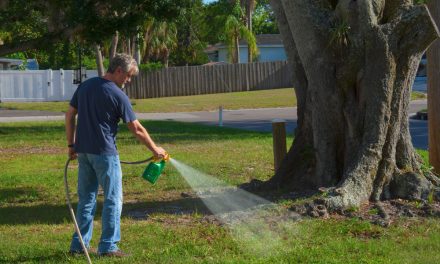(Note from Erin: Guys, my editor lives very close to this area. If the falling station becomes visible- since it’s been falling so “slowly”- she will take a video and share it with us. As long as it is safe to do so!)
This week the U.S. research organization Aerospace Corporation revealed that parts of southern Lower Michigan are among the potential regions with the highest probability to be hit by falling debris from China’s out-of-control first prototype station, Tiangong-1. The station with ‘highly toxic’ chemicals onboard (hydrazine) is currently hurtling toward earth and is expected to crash around April 3rd. The station has been orbiting uncontrolled since 2016.
While the majority of the craft is expected to burn up during re-entry, between 10 and 40 percent of the satellite will survive as debris and could weigh up to 220lb.
Experts still don’t know exactly where it will land and won’t know until the final weeks of its descent but the European Space Agency “has provided the latitudes between which Tiangong-1 is likely to land – and countries at risk include Spain, Italy, Turkey, India and parts of the US. ESA says no fragments will fall higher than 43°N or further south than 43°S.” 1
Tiangong-1, ‘heavenly palace’
The spacecraft was launched on September 29, 2012, as China’s first step toward developing, building, and operating a large Space Station- as a permanent human presence- in Low Earth Orbit.
It is 10.4 meters long, has a main diameter of 3.35 meters, a liftoff mass of 8,506 kilograms and provides 15 cubic meters of pressurized volume. (It’s not huge but it isn’t tiny, either.) It features flight-proven components of Chinese Shenzhou Spacecraft as well as new technology and consists of three sections: the aft service module, a transition section, and the habitable orbital module.2
According to the world-wide agencies tracking Tiangong-1, in October it was falling at a rate of 0.9 miles a week, however, in recent months, it has sped up to around 3.7 miles a week.
What is hydrazine?










